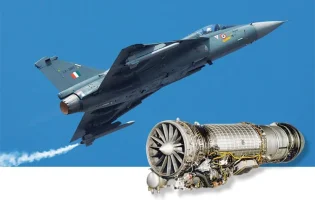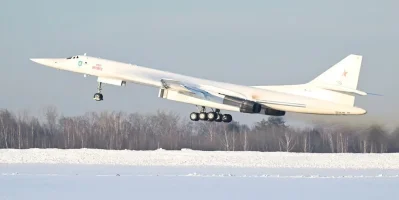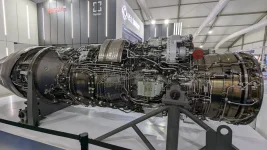- Views: 3K
- Replies: 17

China's recent unveiling of two 6th generation fighter jet programs has sent ripples through the global defence community, prompting nations like India to re-evaluate their strategies for maintaining a cutting edge in military aviation.
In this context, the question of whether India should join the Global Combat Air Programme (GCAP) as an observer has gained renewed relevance, especially given the interest expressed by founding members Italy, Japan, and the UK to expand their collaborative efforts.
Participating as an observer in GCAP could offer India invaluable insights into the latest advancements in 6th generation fighter technology. This includes exposure to cutting-edge developments in areas like advanced stealth capabilities, artificial intelligence integration, and autonomous systems, all of which are crucial for future air warfare.
Such knowledge could significantly benefit India's own AMCA (Advanced Medium Combat Aircraft) project, potentially accelerating its development and ensuring it remains competitive with emerging global threats.
Joining GCAP, even as an observer, would strengthen India's defence ties with key Western allies. This could open doors for technology transfers, co-development opportunities, and a more prominent role in global defence coalitions, particularly in the context of the strategic rivalry with China.
Furthermore, developing a 6th generation fighter independently would be an immensely expensive undertaking. By initially joining as an observer, with the potential for future full partnership, India could share knowledge and distribute the financial burden across multiple nations while still reaping the benefits of technological advancements.
However, India must carefully weigh the potential limitations. As an observer, access to core intellectual property and decision-making power might be restricted, potentially limiting the benefits unless a clear pathway to more substantial involvement is established.
Additionally, the interests of existing GCAP members might not perfectly align with India's specific strategic needs, and the program's focus might not fully address India's unique security challenges.
Despite these considerations, the strategic implications of China's aggressive pursuit of 6th generation fighter technology cannot be ignored. The GCAP presents a valuable opportunity for India not only for technological advancement but also for strategic positioning in a world where air superiority is increasingly intertwined with national security.
By carefully considering the potential benefits and limitations, India can make an informed decision about its participation in GCAP, ensuring it remains at the forefront of military aviation technology and maintains a strong defence posture in the Indo-Pacific region.




